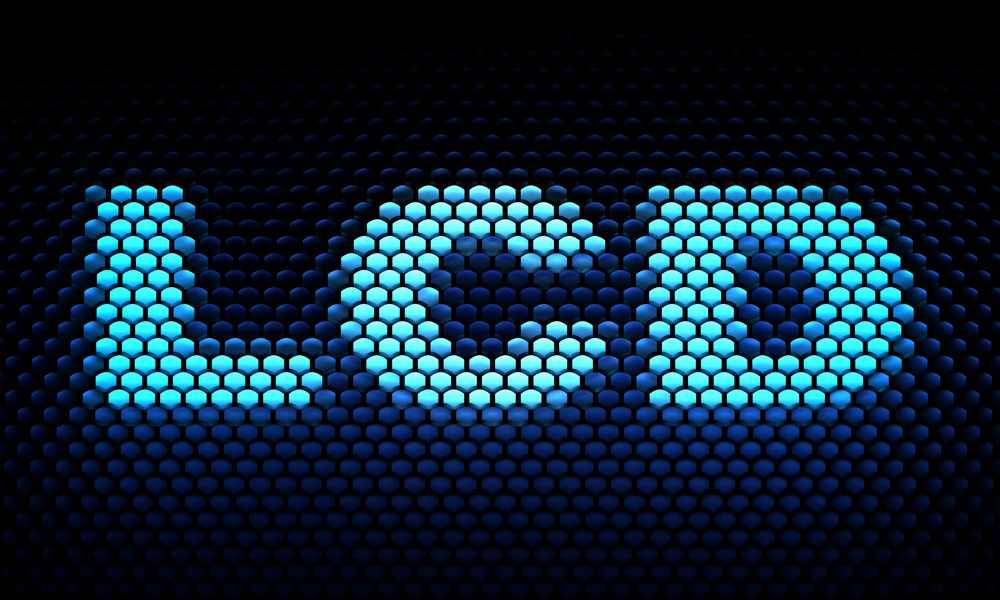
Liquid crystal (LC) is an intermediate state between crystal and liquid showing the properties of both. For example, liquid crystal may flow like a liquid but its molecules may have a specific crystal-like orientation. A long, rigid, highly anisotropic structure seems to be the main criterion for liquid crystalline behavior; to obtain this structure many liquid crystalline materials are based on benzene rings.
There are two main liquid crystal types:
- Thermotropic phase – liquid crystal state occurs in a certain temperature range. There are a few subkinds varying in the crystal structure of phase. Discotics are flat disc-like molecules consisting of a core of adjacent aromatic rings. This allows for two dimensional columnar ordering. Rod-shaped molecules have an elongated, anisotropic geometry which allows for preferential alignment along one direction.
- Lyotropic phase – liquid crystal state occurs in a certain concentration range. Lyotropic LCs are often presented with amphiphilic molecules – molecules containing hydrophilic and hydrophobic groups.
It has roughly been 17 years since the first electronic devices containing liquid crystals were presented. The main advantage of LC implementation in technology is a predictable controlled behavior of devices with a specific response to the environment. Potential applications range from photovoltaic cells and light emitting diodes to field effect transistors. Photovoltaic cells and field effect transistors require high charge carrier mobilities for operation, and discotic LCs in particular have been investigated for this purpose. OLED devices on the other hand do not need high charge carrier mobility for operation and can also be made from amorphous semiconducting LC polymers with low charge carrier mobilities.
References:
- Fleischmann E.-K., Zentel R. Chem. Int. Ed. 2013, 52, 2
- Liquid Crystals – Chalk Talk https://www.youtube.com/watch?v=nAJgchCI3kg
- Liquid Crystals I Chemistry https://www.youtube.com/watch?v=vzVjbd8_Ur0
